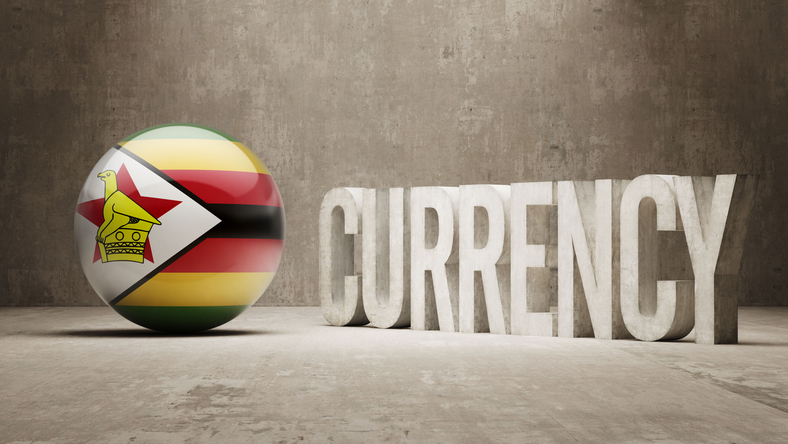
The Four Steps Needed to Make Gold A Monetary Asset – Monetary Metal’s Keith Weiner
The comments below are an edited and abridged synopsis of an article by Neils Christensen
While it could be a slow process, growing debt problems worldwide mean it is inevitable that gold will again be recognized as a global reserve currency, according to one economist.
Keith Weiner, CEO of Monetary Metals and president of the Gold Standard Institute, said that although the US dollar is not at risk of losing its status as the world’s reserve currency, gold is becoming an attractive alternative on the world stage.
While Weiner sees gold as an essential tool for global financial markets, it will take time for this scenario to become a reality. He outlines four significant steps the gold market must take to achieve this ultimate goal.
Weiner’s comments come as the world focuses on the efforts of Brazil, Russia, India, China, South Africa and other BRICS nations to develop a common currency to compete with the US dollar in international markets. However, Weiner said that the fatal flaw in this plan is what currency will be used as the base of this new regime.
Weiner added that in the current environment, he doesn’t see the US dollar losing its reserve currency status anytime soon.
Weiner said that a gold-backed BRICS currency would cause a further devaluation of BRICS currencies. He noted that three of the founding BRICS nations have capital controls on their currencies.
The first step in Weiner’s scenario: Countries, led by BRICS, could end up settling trade imbalances with gold, shipping bullion back and forth between nations.
The second step: As gold’s role in international trade grows, a neutral vault would be built to hold global reserves that would facilitate digital exchanges and payment transfers.
The third step: Financing these reserves.
The fourth step: The creation of derivatives based on this financing.


